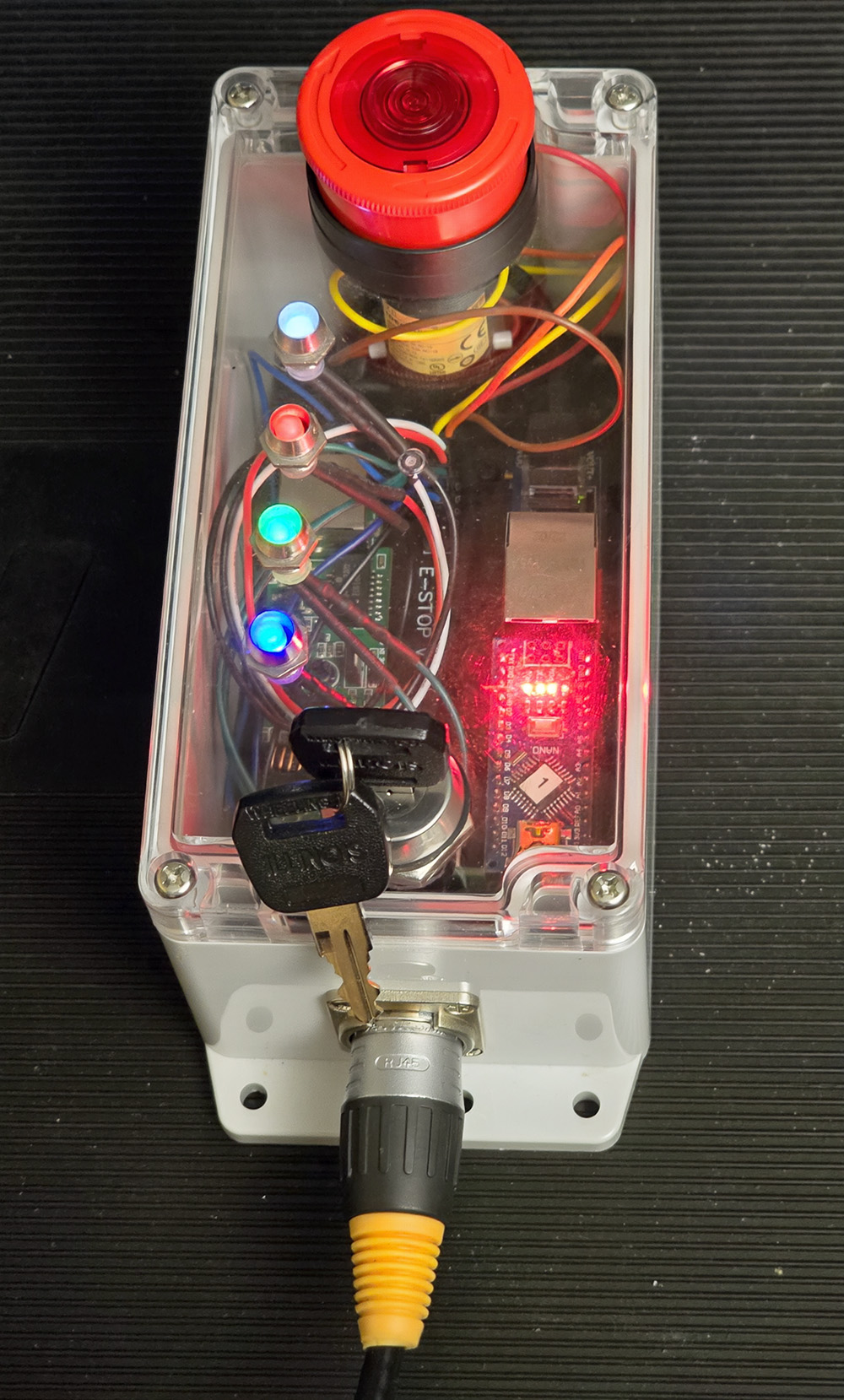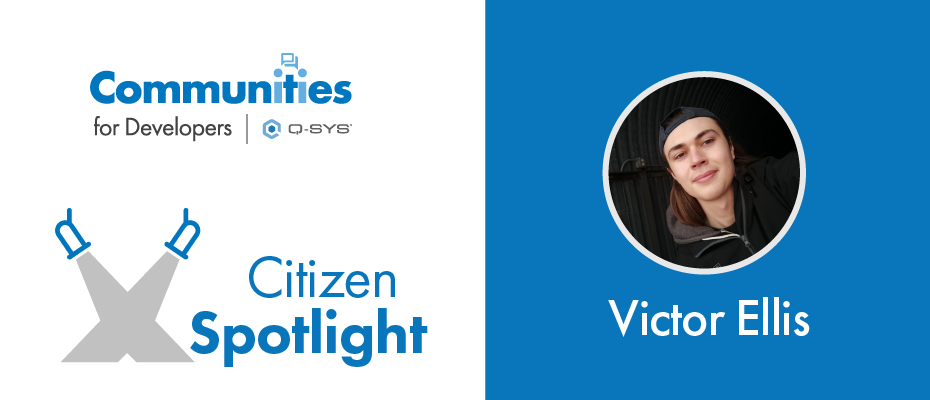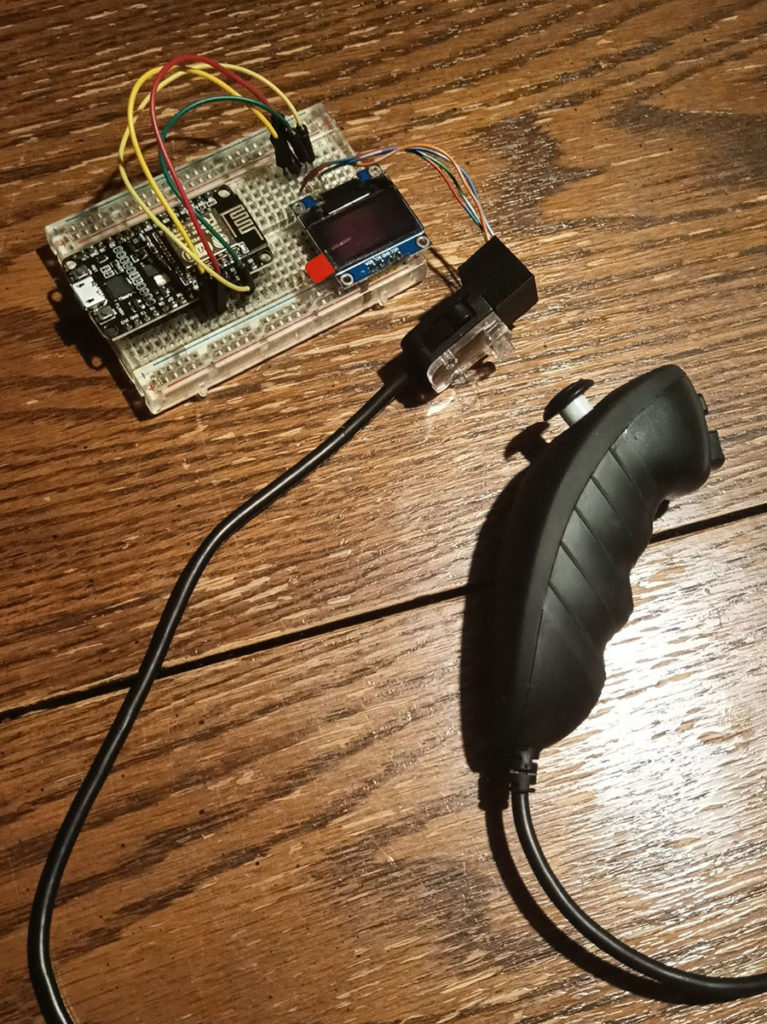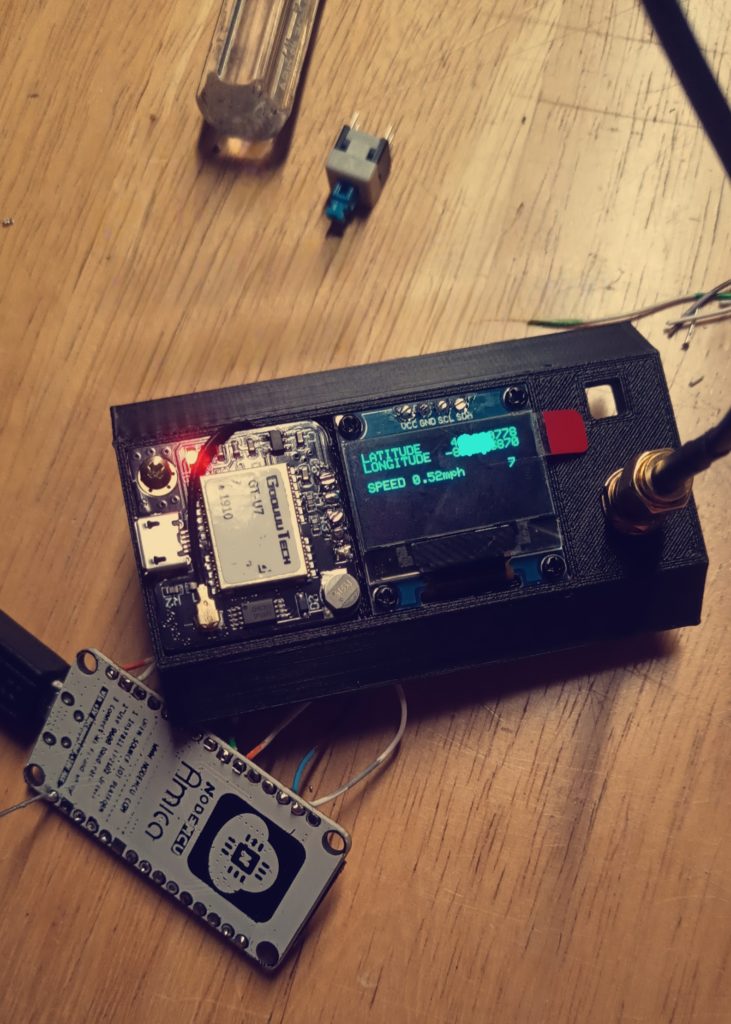Introduction
Welcome to our latest interview feature. Today, we are excited to share an insightful conversation with Victor, a talented professional in the AV industry who has been making waves in the community with his innovative use of Q-SYS. You might have seen Victor’s fun personal projects in Communities, such as his remote GPIO Nano, for which he made a plugin and built hardware, but Victor also applies his amazing skills at work!
Victor works at Cedar Point in Sandusky, Ohio, one of the oldest amusement parks in the United States, often referred to as the ‘Roller Coaster Capital of the World’. His role as Technical Services Technician, combined with his passion for electronics and audio production, has led him to create some truly remarkable projects. From building a custom jukebox interface controller to developing a GPS tracking system for parade floats, Victor’s work exemplifies the power of Q-SYS in creating custom control solutions.
There is a lot to learn from Victor’s approach to balancing creativity and engineering in his role, allowing him to keep work as fun as the experiences he creates.
Whether you are a seasoned AV professional or a newcomer to the field, we believe Victor’s experiences and insights will provide valuable perspectives on the use of Q-SYS in the AV industry.
Interview
Adrien: Hi Victor, thank you for meeting with us today! Can you tell us about your background and professional career?
Victor: I have a background in electrical circuits, audio design and stage production. My passion for audio and electronics started at a young age when I used to disassemble devices to see how they work and sometimes was even able to fix them. This curiosity led me to pursue a career in electrical engineering. During my school years, I worked on several projects that allowed me to apply my theoretical knowledge in practical scenarios such as my high school robotics team. Later, I got involved with my school’s theater department and developed an interest in audio production which combined my love for AV and technology. After high school, I attended college part time pursuing an electrical engineering degree while working my full-time position at Cedar Point, but then the Covid-19 pandemic happened, delaying my plans.
Adrien: When were you first introduced to Q-SYS?
Victor: I was first introduced to Q-SYS at Cedar Point. The park had just started expanding its use of Q-SYS for their audio systems a few years prior and I was intrigued by its capabilities. I started learning more about Q-SYS programming and scripting by taking the online training courses, watching YouTube videos, and using the Q-SYS Communities for Developers. The more I learned about Q-SYS, the more I realized its potential and versatility in creating custom audio and control solutions.
Adrien: When was the moment you decided to learn programming seriously through Q-SYS?
Victor: The moment I decided to learn programming seriously through Q-SYS was when I realized the immense potential it had in advancing the way we design and implement audio installations. I was fascinated by the flexibility and creativity it offered, especially in the control and scripting aspect with the ability to easily integrate other devices into the system. I knew that mastering it would open a world of possibilities in my career.
Adrien: You are known in Communities for Developers for the fun projects you share with us. You seem to have developed many solutions using Arduino with Q-SYS, not only for the pleasure of your neighbors at Halloween, but also at work. Can you tell us more about it?
Victor: At Cedar Point, I have found great value in using Arduino with Q-SYS for various projects. One of the most notable projects was the development of a PTZ camera controller with a Wii nunchuk and a GPS tracking system for parade floats. By integrating a GPS unit with an Arduino to communicate with Q-SYS, I was able to create a real-time tracking system that I planned to install on our parade floats for our 150th celebration.
By integrating a GPS unit with an Arduino to communicate with Q-SYS, I was able to create a real-time tracking system that I planned to install on our parade floats for our 150th celebration.
While it was ultimately never installed as it was not needed, I was still able to learn a lot from the experience. Apart from this, I have also used Arduino in conjunction with Q-SYS to create my Remote GPIO Nano, a GPIO peripheral and corresponding plugin designed to easily add remote IO triggers to Q-SYS at a low price point before the QIO-GP8x8 was available. I have used the Remote GPIO Nano on several projects such as a networked E-stop system for park audio and lighting, a jukebox interface controller, receiving PLC triggers for ride effects, and a remote button station for selecting and adjusting volume of audio sources. The ability to interface Arduino with Q-SYS has opened a world of possibilities for creative problem-solving and innovation in my work. When compared to commercial grade solutions, Arduino offers a more affordable and customizable option. While commercial solutions may offer robustness and support, Arduino allows for more flexibility and creativity in designing and implementing solutions that otherwise might not be possible.

Adrien: What are the benefits and challenges of using QSC and Q-SYS?
Victor: The flexibility, scalability, and creativity they offer are great. I can design and implement a wide range of audio and control solutions and easily change and modify systems as needed. However, there is a learning curve, especially for those new to QSC and Q-SYS. There is a lot of documentation and support out there although it can be hard to find at times. The Q-SYS Communities for Developers is a valuable resource and my go to for learning, sharing, and getting help from other Q-SYS users and experts.
Adrien: Any advice for new Q-SYS programmers and developers?
Victor: For new programmers and developers, it is important to take advantage of the online training, example designs, and the Q-SYS Communities for Developers. They are great resources for learning and improving your skills. Receiving feedback from the end users throughout the design process and documenting your changes is very important. Don’t be afraid to experiment and make mistakes, as they are part of the learning process. One crucial piece of advice I emphasize is the importance of documentation. Keeping a clear and detailed record of your signal flow can greatly assist in troubleshooting and optimizing systems not only for yourself but for others when making future changes, remember that there are many ways you can design a functional system and not everyone will think like you. Lastly and most importantly remember to have fun! I have learned the most from the weird and crazy fun projects that just started as a joke, as they allow me to experiment and be creative in ways that I normally would not while growing my skills.
Adrien: What skills do you think are important to keep sharp in your role?
Victor: In my role, it is crucial to stay updated with the latest advancements in audio and control technologies. Continuous learning and experimenting with new tools and techniques are key. Also, problem-solving and critical thinking skills are essential as they allow for better troubleshooting and system design. Lastly, communication and collaboration skills are vital as they foster effective teamwork and user feedback integration. I believe these skills are not only important for my current role but also for any future roles and challenges.
Adrien: Does your house look like a mad scientist’s lab, or have you been able to keep the cables at bay from your relatives?
Victor: Well, due to my hobbies, my house does have a lot of equipment and cables everywhere. It might look like a mad scientist’s lab to some! While I try to keep things organized, it can get a bit messy, especially when I am in the middle of a project. I do my best to clean up and store everything away, but the list of projects never ends. Interestingly, I once had a conversation with another member on Communities whom I shared a laugh over the fact that we both had ethernet cables “temporarily” laying around all throughout our homes. It was nice to know that I was not the only one!
Adrien: I see a jukebox in the background. Can you tell us more about it?
Victor: The tabletop jukebox in the background is one of my current passion projects at work. I was able to get the formerly decorative tabletop jukeboxes working again by interfacing them with our modern Q-SYS system, allowing users to select from a pre-loaded library of 100 songs. I built an Arduino interface box that handles the user input from the jukebox and communicates it to Q-SYS to control the playback. It has been a fun project that I think guests will really enjoy this upcoming season, as it will bring back an interactive feature that has not worked for many years.

Adrien: What are your hobbies and interests outside of work?
Victor: I enjoy working on my never-ending list of electronics projects. I also have a few hobbies that include flying FPV drones, Halloween yard display, and our growing neighborhood Christmas light show. I love to keep learning and experimenting with new technologies and tools.
Adrien: What are your future plans and goals?
Victor: I plan to expand my network and portfolio by continuing to improve my programming skills while contributing my fun projects to the Q-SYS Communities for Developers. I also look forward to tackling new challenges and opportunities at Cedar Point.
To keep up with Victor’s Q-SYS projects, follow him on Q-SYS Communities for Developers or connect with him on LinkedIn.
Adrien Avellan
Latest posts by Adrien Avellan (see all)
- Citizen Spotlight: Fun with Q-SYS - April 17, 2024
- Why Git? - February 8, 2022
- Citizen Spotlight: Design and Plugin Development - October 19, 2021


